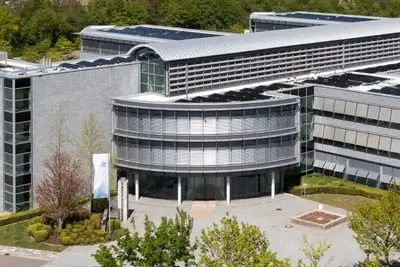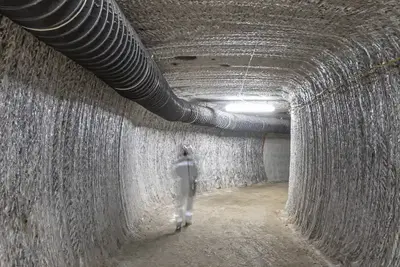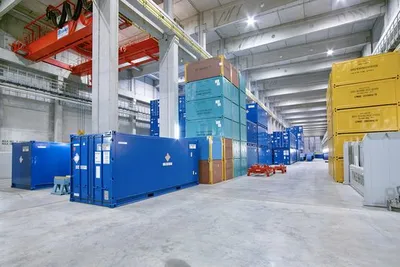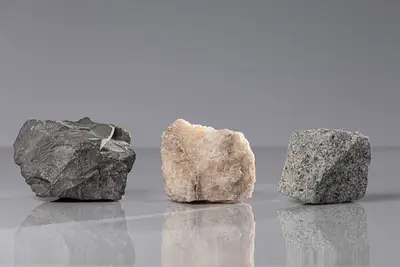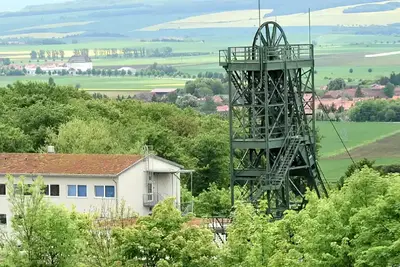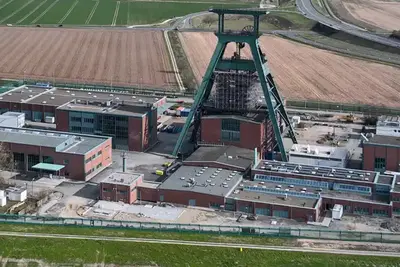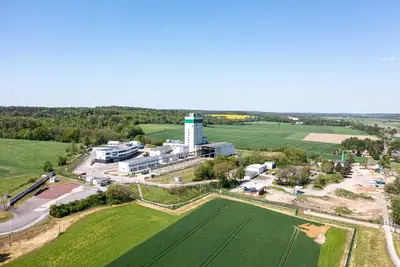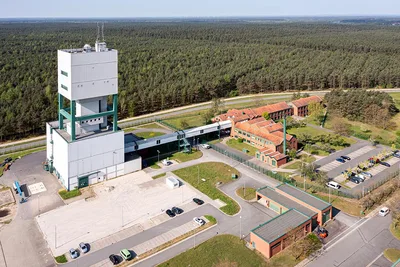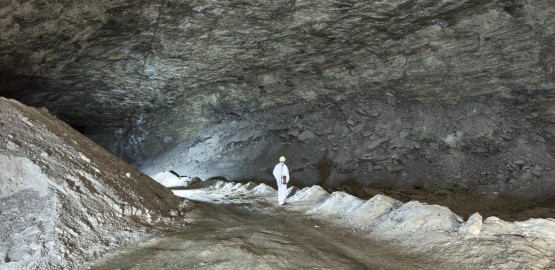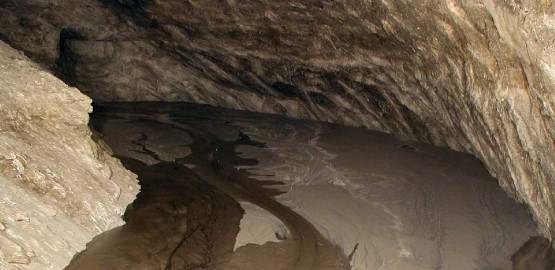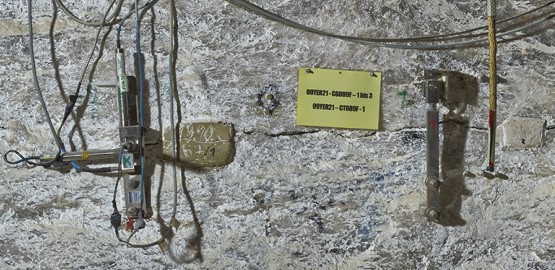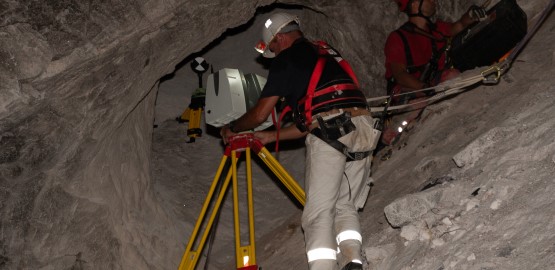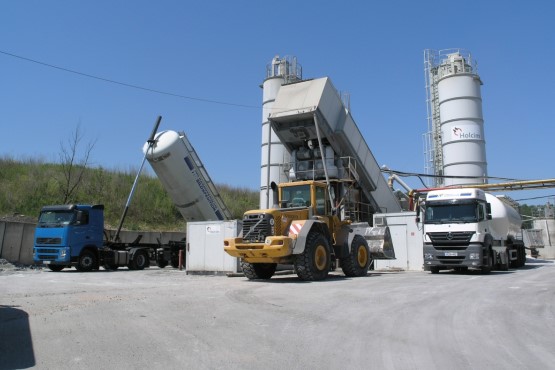Main topic: stability
The mine cavities of the Morsleben repository are stable. This stability is of vital importance for the safety of staff working underground and ensures not only the immediate safety of repository operation but also the integrity of the surrounding host rock. This is because the host rock forms the protective barrier between the radioactive waste and the biosphere – the region of earth where life is found.
The Morsleben repository is a former potash and rock-salt mine. Prior to the emplacement of radioactive waste here, mining activities created cavities with a volume of almost 9 million cubic metres – and the weight of the overlying rock layers lies on these mining chambers. The underground cavities have resulted in changes to the original stress state of the rock, and the nature and intensity of these changes depend on the shape and size of the mining chambers and the proximity to other mine workings.
The effects of the mining activities on the rock and the stability of the mine cavities are the subject of operational geomechanical monitoring. Regular measurements by the operational mine surveying team are intended to identify damage to the repository mine at an early stage. However, for the safe long-term containment of the radioactive waste, it is necessary to backfill the underground cavities. This stabilises the surrounding rock and prevents the emergence of excavation-disturbed zones.

